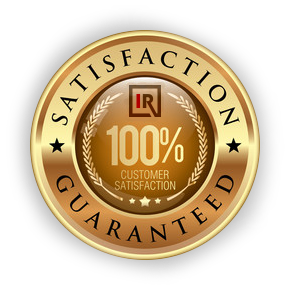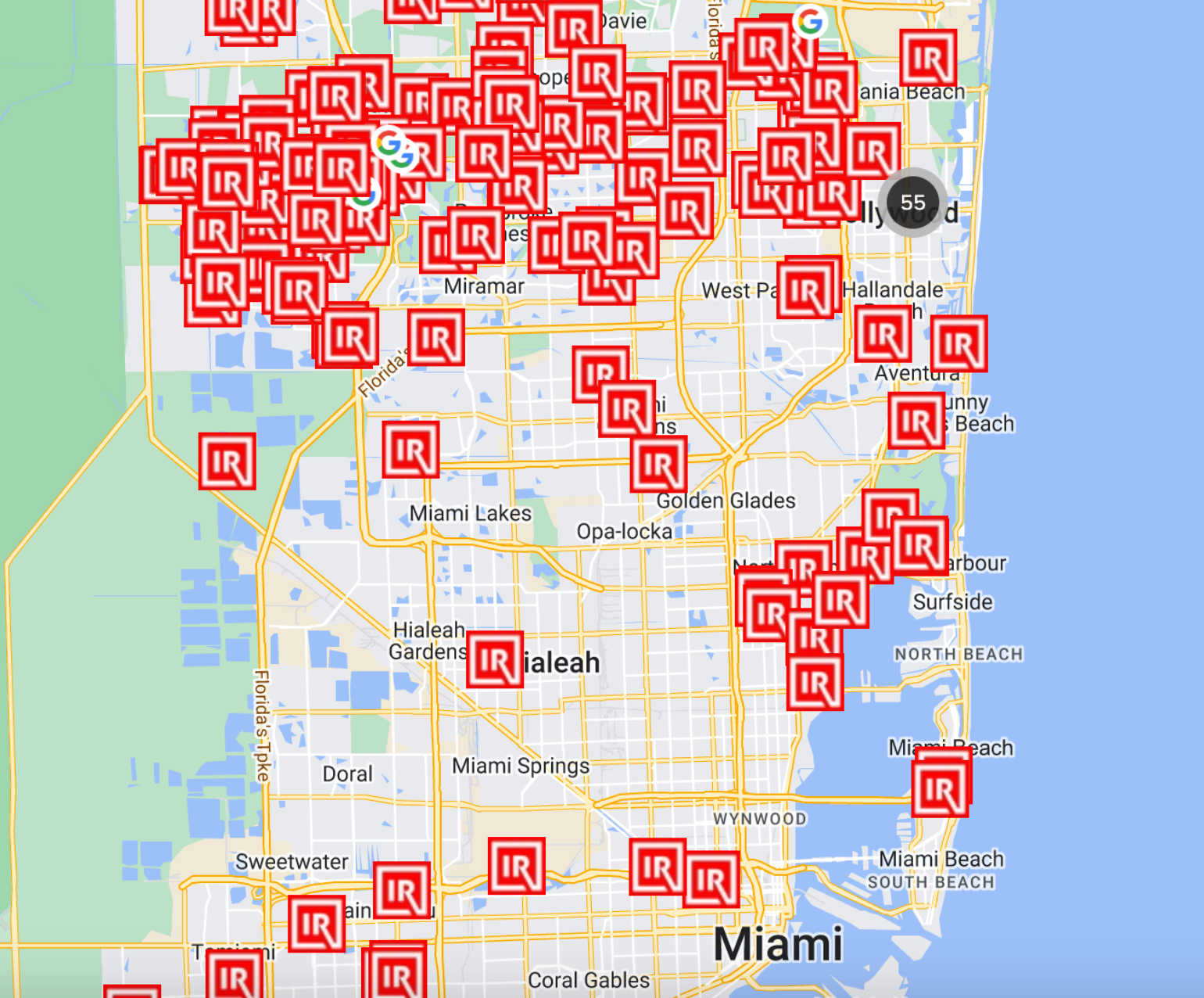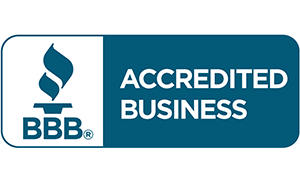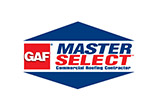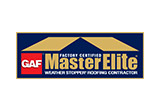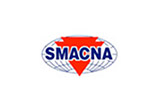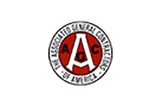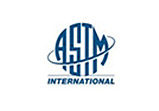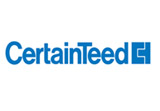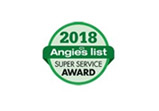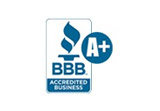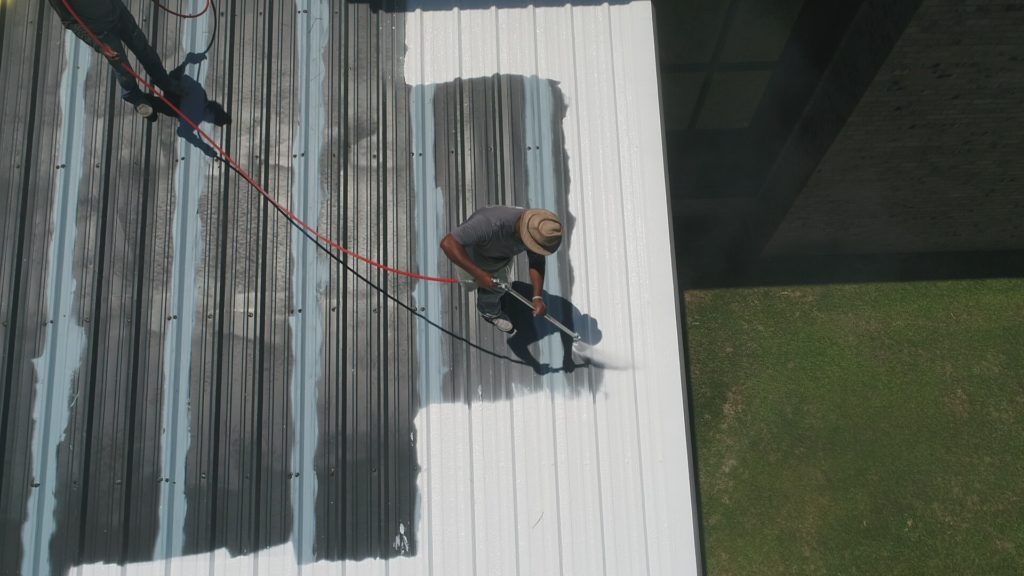
Did you know that building owners spend an upwards of $12 billion on roof replacements and repairs every year?
The roof is like the hair of a building, it can make or break everything that comes below it.
Cooling capabilities and weather resistance are only a few of the ways a roof can alter the energy efficiency, resilience and value of your building. But it all starts with choosing the right material.
Here’s how to choose the best roof coating for your business.
Choosing the Best Roof Coating
The upfront price of commercial roof coatings isn’t the only cost to consider when choosing the right roof coating. Here are some additional factors to consider.
Maintenance Costs
Different coatings require different levels of maintenance and care to not only maintain aesthetics but to ensure basic building functionality. Have a realistic understanding of your ongoing maintenance budget and staffing when selecting roofing.
Climate
Different roof coatings perform better or worse in different climates. In a city like Phoenix, the damage from prolonged sun exposure, dryness, and a roof’s ability to insulate cold air will be a top priority. Whereas in a city like Miami, durability to wind, rain, and humidity would likely be a major factor.
Energy Use
Different roof coatings are more or less energy efficient than others. You’ll want to consider energy efficiency if you’re seeking a green building certification or want to lower your building’s utility bill.
Sustainability
Sustainability has many layers when you think about roofing. The roof coating you choose will impact your building’s energy efficiency. Certain roofing materials contain Volatile Organic Content (VOC) which are man-made chemicals that are toxic to the environment.
There’s also the issue of sustainable sourcing. Where did the materials come from? Is the manufacturer or curator following environmentally-friendly practices? All of these layers are considered when trying to achieve green building certifications (which also have their benefits).
Design and Branding
Different materials convey different messaging. A building that wants to attract tech start-ups will invest in building materials that attract to that style of tenant. How your building looks dictates how others feel when they look at it, which is key in signing leases.
Acrylic Roofing
Acrylic coating is resistant to ultraviolet (UV) rays. They’re also priced well for their performance and are a great value option. The main downfall is that it’s prone to weathering. So this is not a forever roof option. It’s also not recommended for climates and architectural designs that cause ponding on the roof surface.
Acrylic roofs are a great option if you want a glass-like roof without the cost of a glass roof. Acrylic coatings can be customized into any color and cast into many shapes and sizes. This makes them an excellent choice for buildings like schools, museums, and creative centers.
Silicone Coating
Silicone, on the other hand, is excellent for water ponding situations. Its also very resistant to corrosion, which makes it appealing to building owners during hurricane season. Silicone is also highly reflective, which is another benefit for Florida’s 237 days of sun.
Polyurethane Roof Coatings
Polyurethane coatings are some of the best money can buy, but they come with a high price tag. There are two main types, aromatic and aliphatic.
Aromatic coatings are usually used as a base layer for aliphatic coatings. This is because they are not reflective and are less expensive than aliphatic coatings. It also helps the roof stay cleaner and increases the roof’s performance against all the elements.
The only real negative is the price.
Wood Roof
Wood is an excellent option if you want a rustic aesthetic made from a renewable resource. However, wood can be very high maintenance. Wood roofing easily becomes weathered and splintered and needs regular care to maintain freshness.
Wood roofing is some mist energy-efficient on the market. It insulates but also creates breathing room that allows Heating, ventilation, and air conditioning (HVAC) systems to operate well. Wood is also biodegradable, which means if it’s sourced from a sustainable lumberyard, it’s one of the most environmentally friendly roofing materials available.
Metal Roofing
Metal is a go-to material for industrial buildings due to its strength and long lifespan. Metal coatings last 40 to 70 years. Common metal coatings include aluminum, steel, and copper. They can be layered like shingles or laid flat on top of buildings.
Initial installation can be expensive due to the difficulty and need of machinery to apply metal roofing. Although metal roofing will need repainted or buffed occasionally, its relatively low maintenance.
Asphalt Shingles
Asphalt is one of the most common roofing materials. They’re affordable, widely available, inexpensive, and fairly durable. But there’s a reason you don’t see them around Florida too often.
Even though they are easy for even nonprofessionals to apply, their affordability is where the benefits end. They aren’t very durable against storms and long-term sun exposure. They also do not have any energy efficiency benefits and do not add value to a building.
Here to Help
Are you ready to decrease the operating costs of the roof on your commercial building? You’re in the right place. We can help you navigate the world of materials to choose the best roof coating for your budget.
We pride ourselves on communication and doing what we say we’re going to do. Our decades of experience make us qualified to handle any roofing job and answer any question you might have. We’re also certified and fully insured!
Read our client testimonials here!


